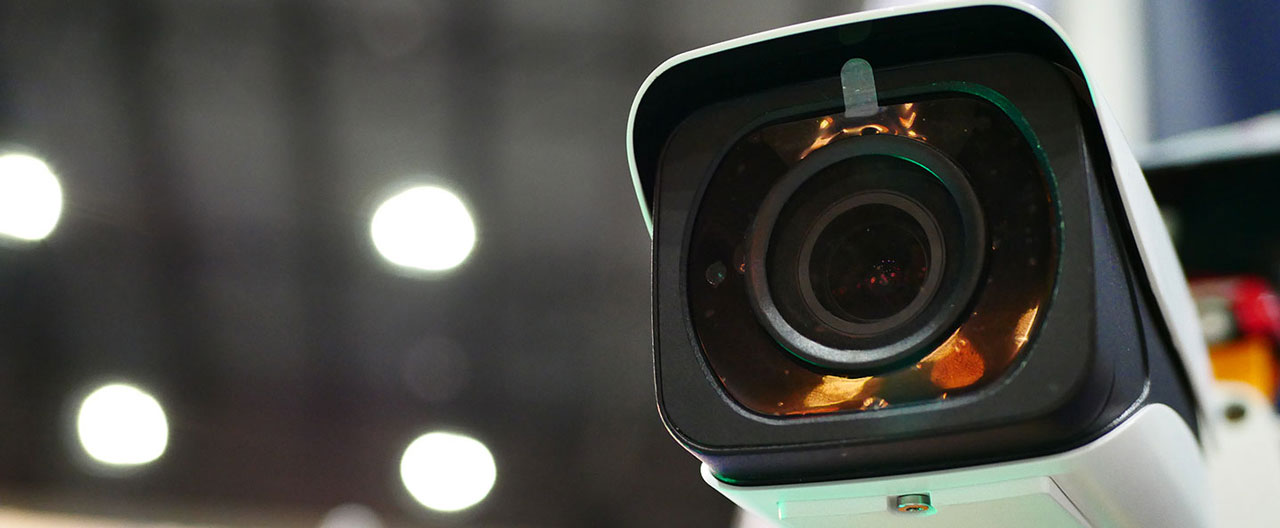- Individuals & Families
- Businesses
- Agents & Brokers
- Embedded Insurance

Chubb ranked #1 for Customer Satisfaction with the Home Insurance Claims Experience

Chubb ranked #1 for Customer Satisfaction with the Home Insurance Claims Experience

Chubb ranked #1 for Customer Satisfaction with the Home Insurance Claims Experience

Chubb ranked #1 for Customer Satisfaction with the Home Insurance Claims Experience

Because pets are family, Chubb now offers pet insurance with top-rated coverage from Healthy Paws.

Chubb offers the insurance protection you need for travel’s many “what ifs”.

Chubb protects small businesses at every stage – from newly formed start-ups to long-time anchors of the community.

Stay ahead of cyber threats with our free Cyber Claims Landscape Report.

Learn more about our dedicated learning paths, Online Learning Center, and more.

Many digital-savvy consumers look for it as a core or add-on option.

Many digital-savvy consumers look for it as a core or add-on option.

Many digital-savvy consumers look for it as a core or add-on option.

Chubb’s in-house technology makes it easy to integrate what we do into your customer experience.
-
About
-
Claims
-
Login & Pay Bill
For Agents & BrokersFor Travel Advisors
-
Back
The “Internet of Things” (IoT) is a revolution with the potential to improve industrial and business efficiency, customer satisfaction, and company profitability. But with new technologies come unfamiliar business risks — risks that must be managed and mitigated.
The IoT consists of a wide variety of data collecting and control sensors that are connected to the internet. These include thermometers, cameras, GPS devices, security devices, sensors and a host of other “smart” devices. The applications for IoT in business are rapidly expanding.
IoT risks
As valuable as IoT systems are, they are also vulnerable. When a device is hacked or fails, there’s usually a business — and sometimes a human — cost to pay. Just a few examples are:
- Cyber security breach — IoT systems may use sensitive data or control important functions — such as a computer network, an electrical grid or online retail shopping system. Hackers target and breach these with the intention of stealing data — often disrupting business for days and opening the company up for legal action.
- Product loss — Incorrect temperature data might mean that perishable goods are spoiled, which creates financial harm and possible injury to customer relationships.
- Manufacturing defects — An IoT error could lead to production glitches which often take some time to detect. If substandard products or parts end up in the marketplace, it can subject both the parts and the product manufacturers to financial and legal exposure.
- Property damages — An alarm or sprinkler system malfunction can result in damage to business facilities and content losses.
- Human cost — Bad data in the medical sector can have disastrous patient privacy or even mortality consequences. An IoT failure or hack can open a healthcare system to onerous liabilities as well as to long-lasting reputational damage.

How to manage your IoT risk
- Treat IoT devices as you would any other network attached piece of hardware. Conduct regular tests to verify the security of the equipment. And remember that IoT devices could be the weak entry point into your wider network.
- Get risk advice from your broker. An IoT project may present completely new and unfamiliar types of risks to your business. A qualified insurance representative will be familiar with the particulars of what threats to look for.
- Update your business insurance to cover IoT risks. Consider all the risks an IoT project presents, and establish what may not be covered by existing policies. For example, even if you already have cyber coverage it may not be sufficient to mitigate many of the risks you identify.
Insights and expertise








This document is advisory in nature and is offered as a resource to be used together with your professional insurance advisors in maintaining a loss prevention program. It is an overview only, and is not intended as a substitute for consultation with your insurance broker, or for legal, engineering or other professional advice.
Chubb is the marketing name used to refer to subsidiaries of Chubb Limited providing insurance and related services. For a list of these subsidiaries, please visit our website at www.chubb.com. Insurance provided by ACE American Insurance Company and its U.S. based Chubb underwriting company affiliates. All products may not be available in all states. This communication contains product summaries only. Coverage is subject to the language of the policies as actually issued. Surplus lines insurance sold only through licensed surplus lines producers. Chubb, 202 Hall's Mill Road, Whitehouse Station, NJ 08889-1600.


